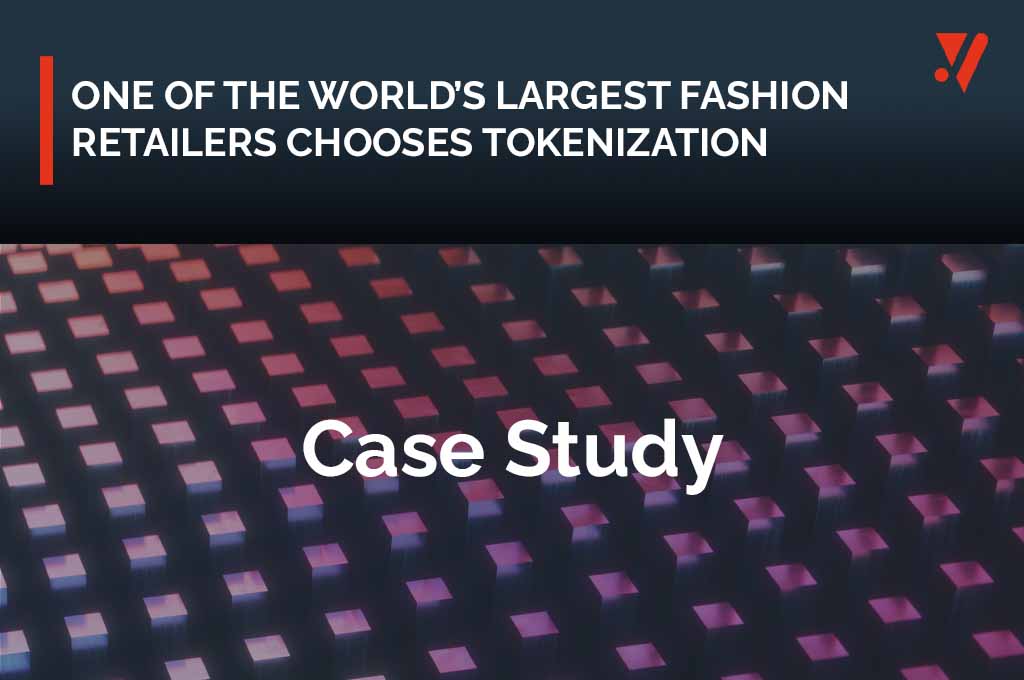WE PROTECT YOUR DATA
As a leading data security software company, we offer innovative technology with simple, robust solutions for data discovery and encryption to protect data from threats.
More than 500 companies around the world trust our many years of experience, because we know how to protect data.
Learn More
Discover simply better data security
The comforte Data Security Platform helps organizations to meet data privacy compliance and reduce the risk of a data breach.
A complete platform for Data Security & Privacy - from Discovery to Protection
Protect data at all times – at rest, in motion and in use
Easy integration with business applications & data flows
Comforte Data Security Platform
AUTOMATION
Instrument Sensitive Data Discovery as a Continuous Process
Identify Data, Ownership, Lineage & Flows
Define security policies based on data inventory
Instrument Data Security in applications
Reduce implementation costs and effort. No code to low-code
"We selected comforte to provide the technology to deliver the highest level of data security for our payments processing. "
IT Team, Government Savings Bank
One of the world's largest fashion retailers chooses comforte AG
- Achieved significant risk reduction for PII and payments data
- Saved millions on avoiding back-to-back firewall deployments
- Saved millions more on auditing & PCI compliance
- Reduced infrastructure complexity & monitoring costs
























